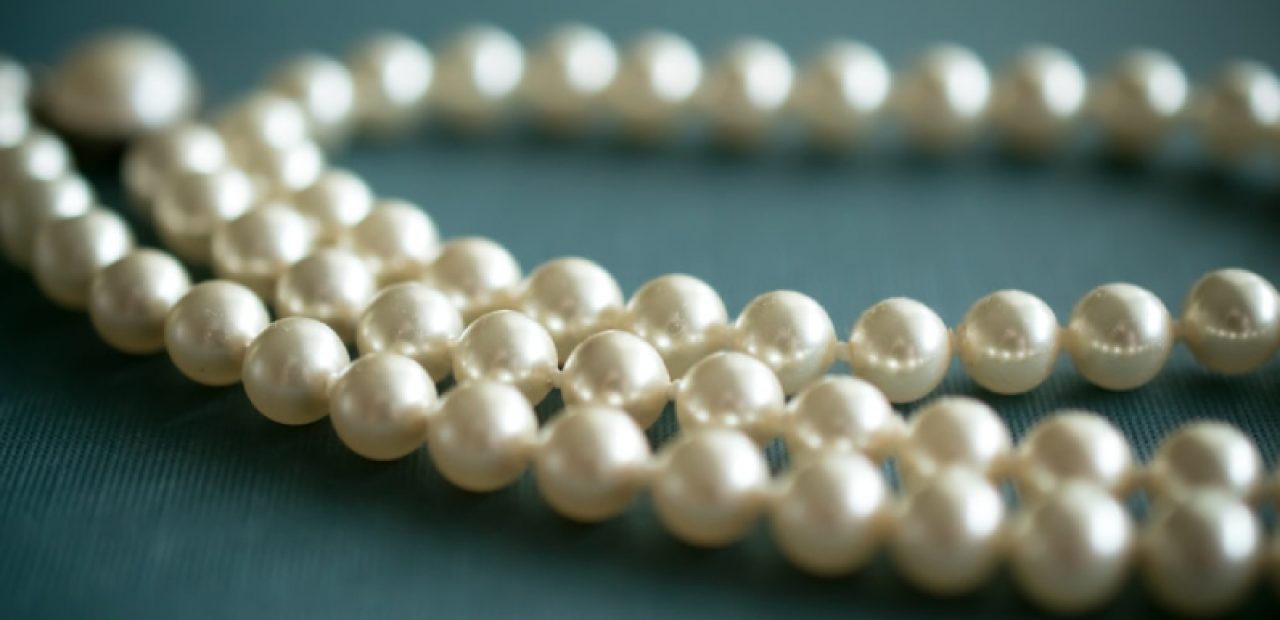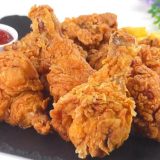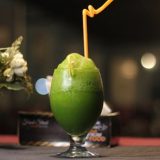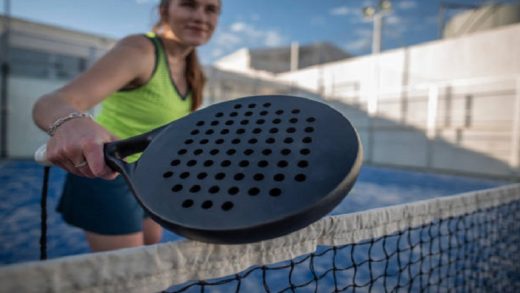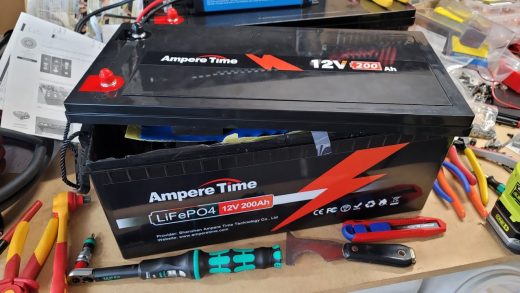Everything you should know about Pearl
A pearl is a hard, sparkling object created inside the delicate tissue, particularly the mantle, of a living or extinct animal, such as a conularid. A pearl is made using calcium carbonate, usually aragonite or a combination of aragonite and calcite, in a glass-like structure that assembles in concentric layers, much like the shell of a snail. Although the ideal pearl is completely smooth and spherical, opulent pearls can come in a variety of shapes. Since a long time ago, pearls have been valued as precious stones and important items, with the most knowledgeable people considering them to be standard. As a result, the pearl has come to represent something exceptional, exquisite, sparkling, and fundamental.
The fundamental pearls seem to appear out of nowhere in nature, but they are extremely beautiful. Standard pearls are the name given to these wild pearls. An enormous portion of what is currently marketed is created or made pearls from freshwater mussels and pearl mollusks. Copy pearls are frequently offered for sale in sincere renovations. Pearls have been harvested and produced primarily for cosmetic purposes, but they have also historically been used to enliven garments. They have been pulverised and utilised in prescription medications, beauty care products, and paint formulations. Examine Wejii under super bright headlights.
Definition
All shelled mollusks should be able to make some form of “pearl,” according to normal cycles, when a disturbed, barely perceptible detail is obtained inside their mantle overlay, however a sizable portion of these “pearls” are not regarded as gems. Is. The most well-known and monetarily most important pearls, necerous pearls, are primarily created by two groups of molluscan bivalves or shellfish. The layers of nacre that are utilised to line the shell of mother of pearl and are produced in close proximity to the living cycle are used to create nacreous pearls.
Regular (or wild) pearls created without the aid of humans are incredibly lovely. To find a single wild pearl, large quantities of pearls must be gathered, opened, and then killed. For practically many years, this was the best method for obtaining pearls, which is why pearls rose to such high value so quickly. In pearl farms, made pearls are fashioned by hand in close proximity to conventional cycles.
A group of nacreous pearl bivalves, or pearl shellfish, reside in the ocean, while a completely unforeseen group of bivalves live in freshwater. An example of this group would be stream mussels, or freshwater pearl mussels. There are a few varieties of sea pearl mollusc in the Pteriidae family that may have evolved from saltwater pearls. Freshwater mussels are included in the Unionidae family, which includes the families Unionidae and Margaritiferidae, although not all varieties of freshwater mussels. similar to What Is A Scallop
Real properties
The unmistakable layers’ ability to reflect, refractive, and diffractively bend light is what gives the globules their surreal magnificence. The pearl’s brilliance improves with increasing layer and slimness. The pearl’s beautiful combination is a direct result of the covering of moderate layers, which isolates the light coming from a shallow level. Additionally, pearls might be dull, yellow, green, blue, brown, pink, purple, or refined freshwater pearls. The nicest pearls shine like a shiny mirror.
Because calcium carbonate makes up the majority of pearls, it is possible to crumble them in vinegar. Given that pearls respond to acidic grief in vinegar by forming calcium acidic terrible deduction and carbon dioxide, calcium carbonate is similarly helpless to a sensitive dreadful game plan.
See Also: How to Wear a Hat Like a Film Star to Look Sharp and Wow the Ladies
Nature
Layers of calcium carbonate (CaCO3) are retained in the mollusk’s mantle (vigilant film), where they are held together like a brand-name horn by the mineral aragonite or a mixture of aragonite and calcite (polymorphism with a close-to-intensify recipe). termed conchiolin, a substance. Nacre, the substance formed when aragonite and conchiolin are combined to make mother-of-pearl, Although a grain of sand is actually dazzling, it is generally believed to have a disruptive effect. The mantle tissue in another area of the mollusk’s body is eliminated by usual lifts that congregate common debris, parasites, or even nefarious activity. Cleaning your white clothes is simpler than you might believe. Brown and yellow stains can be removed. This article will explain how to remove stains from white clothing using basic household items that you probably already have in your cupboards. Discover the best hints and techniques by reading on. When the shell valves are opened for food or breath, these tiny particles or characteristic pieces enter. The irritant in refined pearls is typically an inserted piece of mantle epithelium that contains a spherical globule (beaded or beadless refined pearl).
Freshwater and saltwater pearls
Even while freshwater and saltwater pearls may appear to be inexplicably close to one another, their origins are different.
A variety of freshwater mussels belonging to the Unionidae family that dwell in lakes, streams, lakes, and other bodies of fresh water are known as freshwater pearls. These freshwater pearl mussels grow in hot, humid circumstances, but also in cooler, more serene places like Scotland (where they are protected under the law). The vast majority of freshwater polished pearls sold today originate in China.
The Pteriidae family of sea creatures, which includes the saltwater pearl shellfish, is powerful. The production of saltwater pearl shellfish typically takes place in volcanic atolls or sheltered lagoons.

